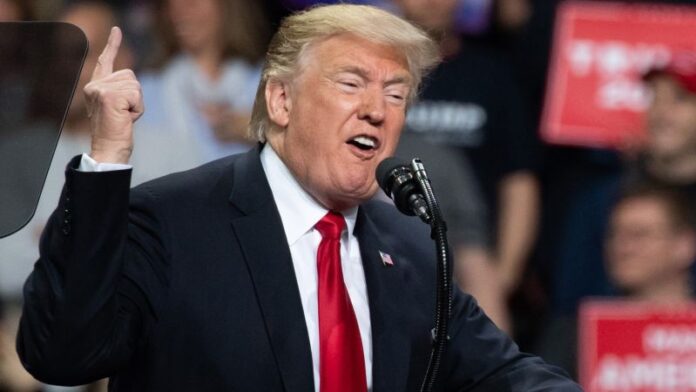Key Falsehoods or Claims:
The main lies or falsehoods propagated by President Donald Trump, as discussed in the article ‘Not telling the truth’: MSNBC host says only ‘low information’ voters believe Trump’s lies, include his claims about the size of his inauguration crowd, the voting fraud conspiracy theory, and the false assertion that Barack Obama wiretapped Trump Tower during the 2016 election.
Source and Bias:
The source of the article is AlterNet, which is a left-leaning news website known for its progressive and liberal perspectives. It is important to note the potential bias of the source when considering the information presented.
Analysis of Falsehoods and Impact on Public Opinion:
These falsehoods have shaped public opinion by creating confusion and division among the electorate. Polling data and public statements show that a significant portion of the population, particularly Trump’s supporters, have accepted these falsehoods as truth. This poses a threat to democracy as it indicates a weakening of the public’s ability to discern fact from fiction, and undermines the integrity of the political process.
Hypothetical Public Reactions or Political Outcomes:
In response to Trump’s lies, some members of the public may continue to support him regardless of the veracity of his claims, while others may become increasingly disillusioned with the political system. This could potentially lead to further polarization and mistrust in the government, impacting voter behavior and the overall functioning of democracy.
Further Reading Recommendations:
For further reading on the topic of media influence and misinformation studies, reputable sources such as The Poynter Institute, Pew Research Center, and the Harvard Kennedy School’s Shorenstein Center on Media, Politics and Public Policy can provide valuable insights into the impact of lies, conspiracy theories, and misinformation on public opinion and democracy.
Source link
Redirect URL
